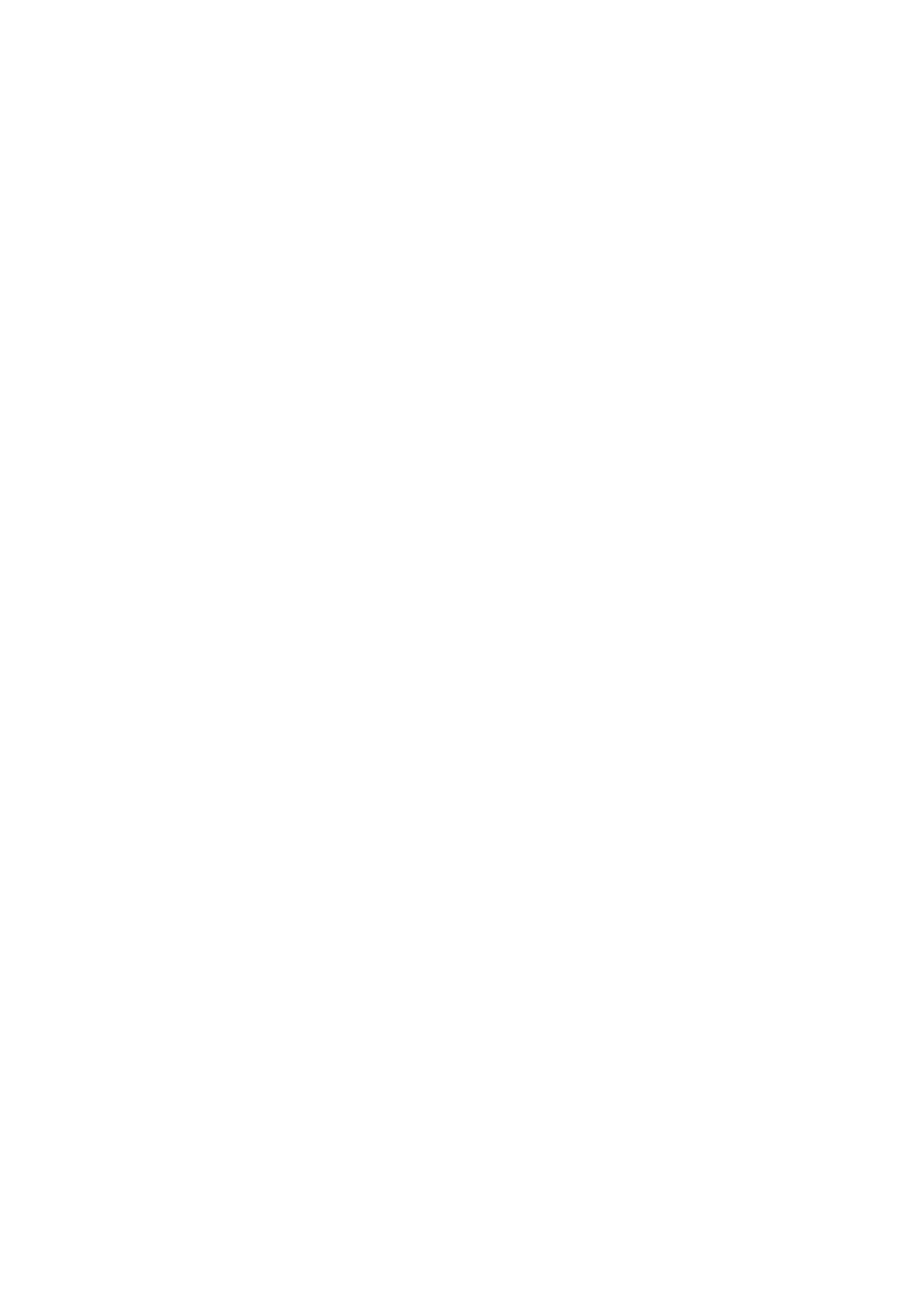
The Report
of the Iraq Inquiry
during that
period. In the absence of evidence to the contrary, UNMOVIC
“must
assume
these quantities are now unaccounted for”.
•
The
discovery of “a number of 122mm chemical rocket warheads in a
bunker at
a storage
depot southwest of Baghdad”. The bunker was relatively new,
which
meant “the
rockets must have been moved there in the past few years, at a
time
when Iraq
should not have had such munitions”. Iraq had stated that they
were
“overlooked
from 1991 from a batch of 2,000 that were stored there during
the
Gulf War.
That could be the case. They could also be the tip of a
submerged
iceberg.
The discovery of a few rockets does not resolve, but rather points
to,
the issue
of several thousands of chemical rockets that are unaccounted
for.”
Iraq had
subsequently found four more chemical rockets at a storage depot
in
al-Taji.
The warheads were “empty”.
•
Inspectors
had found “a laboratory quantity of thiodiglycal, a mustard
gas
precursor”.
•
There were
“strong indications that Iraq produced more anthrax than it
declared,
and that at
least some of this was retained after the declared destruction
date.
It might
still exist.”
•
Iraq had
not declared “a significant quantity of bacterial growth media”
which had
been
included in Iraq’s submission to the Amorim panel. This omission
appeared
“to be
deliberate as the pages of the resubmitted document were
renumbered”.
The
quantity of growth media involved would “suffice to produce …
about
5,000 litres
of concentrated anthrax”.
•
The Al
Samoud 2 and Al Fatah missiles “might well represent
prima
facie cases
of
proscribed systems” but further technical consideration would be
necessary
before
reaching a conclusion on the issue.
•
Iraq had
refurbished its missile production infrastructure, including a
number
of casting
chambers which were capable of producing motors for missiles
with
ranges
greater than the 150km limit.
•
Iraq had
illegally imported 300 rocket engines which might be for the Al
Samoud 2,
chemicals
used in propellents and other potentially proscribed
items.
202.
Dr Blix
questioned Iraq’s claims that there were no more documents about
its
activities.
After the discovery of documents in the home of a scientist
“relating to the
laser
enrichment of uranium”, UNMOVIC could not “help but think that the
case might
not be
isolated and that such placements of documents is deliberate to
make discovery
difficult”.
He warned that: “Any further sign of the concealment of documents
would
be serious.”
203.
Dr Blix also
questioned whether Iraq had provided a complete list of the names
of
personnel
who had worked on proscribed programmes, and pointed out the
difficulties of
interviewing
individuals “in private”. He reported that UNMOVIC had asked 11
individuals
for
interview in Baghdad and that none of them would speak without the
presence of an
Iraqi
official.
330
